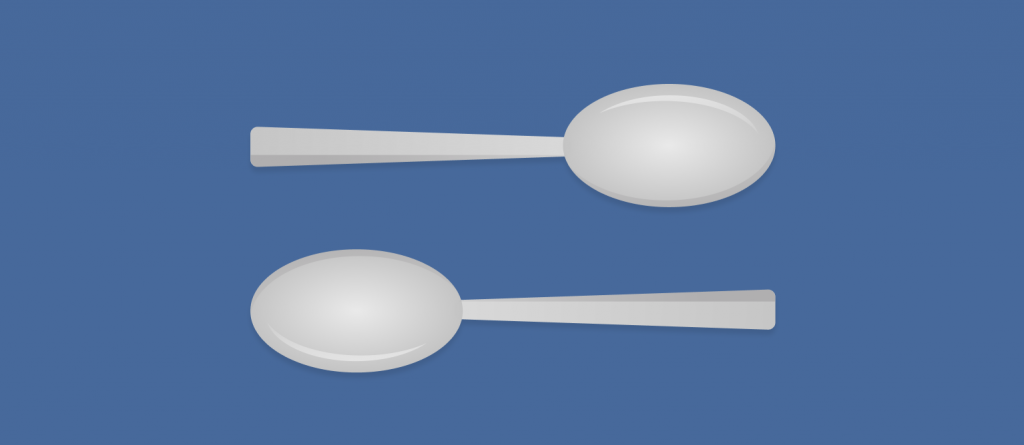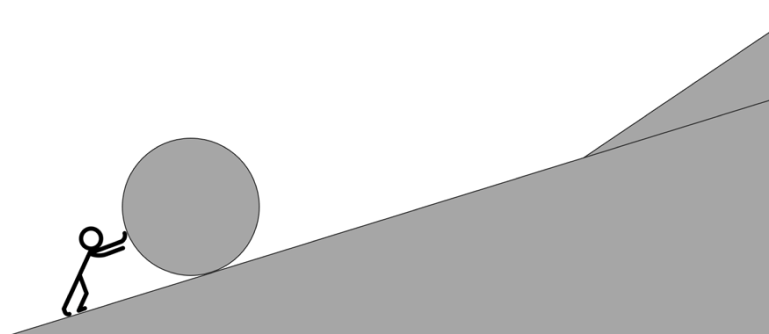- |
- |

This time last year, we were officially one month into lockdown. Now, as we draw the curtains back and jump into socialised settings an in-person meetings, we navigate shifting gears as we re-enter into a world with real human connection.
Change happens all around us, all the time. It comes with tests, challenges and triumphs. From moving away from money no longer being a motivator, to recognising your own incompetence, Bridget Noonan’s curation of Super8 reminds us to stay humble, receive feedback, and use our spoons wisely as we navigate a world that’s constantly changing.
This month serves as a reminder to not be so hard on yourself. So, put your feet-up, do things for you, and indulge in the sweet treat that is Super8 in April.
1. The process of receiving design feedback.

- Read the full article here.
- Article by: Jeremia Lam.
- Contributed by: Elliott Grigg.
Embracing multiple perspectives is crucial for pushing creative work forward. Why? Because it allows us to view designs through a different lens and make better informed decisions.
Receiving feedback is more than listening and jotting down notes, as Jeremiah Lam explains. It’s asking, clarifying, justifying—and then some.
…it is not as much about what is said, as what is heard, understood, and acted upon.
Establishing a culture for feedback within a regular, collaborative forum, from a multidisciplinary team, can prove to be wildly beneficial. So, set the stage for constructive, well-intentioned feedback early to set yourself, and your team, up for success.
2. Modern CSS upgrades to improve accessibility.

- Read the full article here.
- Article by: Stephanie Eckles .
- Contributed by: Kurt Smith.
Looking for some neat CSS tricks to build on your common accessibility knowledge? Look no further. It can be hard to keep up to date with what CSS has decent browser support—especially when you’re a fossil like me.
You can read about all the cool features till the cows come home, but they can be poorly supported at the time of an article being published; and when the time comes for decent support, you completely forget about them!
In order to avoid this vicious cycle, I found the focus-visible pseudo-class to be an area of interest. You can style elements for focus when the browser determines it should be used.
Pro tip: use of the ‘max()’ function to prevent relatively sized units from growing beyond reach.
3. These regular guys challenged an NBA player and instantly regretted it.

- Watch the video here.
- Contributed by: Daniel Banik.
This interesting video on the Dunning-Kruger effect proves to be a great example as to why you need to work harder than you think, no matter how good you think you are.
If you’re unfamiliar with the eponymous Dunning-Kruger Effect, it’s a cognitive bias where people who are incompetent at something are unable to recognise their own incompetence. Not only do they fail to recognise it, they’re also likely to feel more confident.
So, next time you think you’re getting an All-Star slam dunk with a perfect score of 10; think again.
4. Money isn’t the key motivator.

- Read the full article here.
- Article by: Daniel Goleman.
- Contributed by: Sarah El-Atm.
Best-selling author, Daniel Goleman, explains why employees will only be driven by having some sense of meaning in what they do—because you cannot spreadsheet your way to passion.
It’s important to know that the work you do is contributing to more than just the bottom line. The feeling of a shared purpose collectively inspires people to give their best efforts. And if you’re a leader, you might just be more effective if you connect people to a deeper sense of meaning.
5. This is the title of the article. Screw it, i’ll host it myself.

- Read the full article here.
- Article by: Marko Zivanovic.
- Contributed by: Sergio Moreira.
We mere humans sometimes have a tendency to over trust external services—especially ones where we don’t have access to the server storing our data. Sometimes, this is made worse when we don’t even know what data is being stored.
This article talks about the concept of self-hosting your own services and offers some alternatives to the all-mighty storage houses like Google or Facebook.
6. Digital products are having their “assembly line” moment—here’s how to stay relevant.

- Read the full article here.
- Article by: Nick Hahn.
- Contributed by: Leonardo Cantarelli.
This article is a call to arms for designers and developers who wish to have an impact and steer the future of the Design systems movement.
The author, Nick Hahn, spearheads the Design System revolution at InVision and encourages us to start brushing up on Design System theory. He implores us to understand just how Design Systems.
7. Not enough spoons.

- Read the full article here.
- Article by: Penny Schaffer.
- Contributed by: Claire Grainger.
Here, Schaffer’s raw honesty touches on mental health and living with fatigue and burn-out—and after the year we’ve all endured, her truthfulness provides a sense of comfort.
Using spoons as a metaphor for a fixed amount of emotional, physical, and intellectual energy, it’s easy to see how our individual spoons, like Schaffer’s, can be depleted one by one. Even through simple activities—from making dinner to sorting through mail.
This piece reminds us that our mental bandwidth and emotional capacity are not infinite—and providing the latitude and personal permission to be kind to yourself does not make you inadequate, it makes you whole-heartedly human.
8.When choosing marketing channels, visualise the curve.

- Read the full article here.
- Article by: Rand Fishkin.
- Contributed by: Rowan Barnes.
Marketing functions work best when it’s a cohesive, strategic, thought-through process that align with your business goals, resources, and situation.
Here, Rand Fishkin uses a visual ‘curve’ concept to determine which channel(s) and tactic(s) might best apply to a given organization’s situation.
He investigates the ‘curve’ concept for Content marketing and SEO, Social media marketing, Influence Marketing, Email marketing and the steep incline of Facebook’s organic reach.
More Articles
Up for some more?
Get your monthly fix of August happenings and our curated Super8 delivered straight to your inbox.
Thanks for signing up.
Stay tuned, the next one isn't far away.
Return to the blog.
